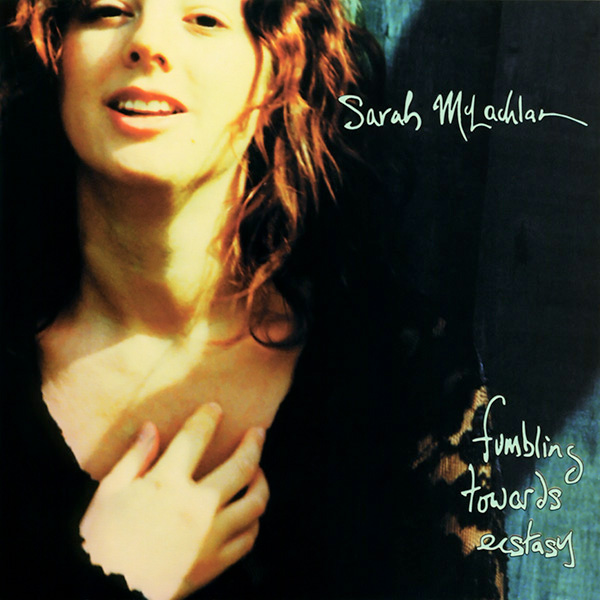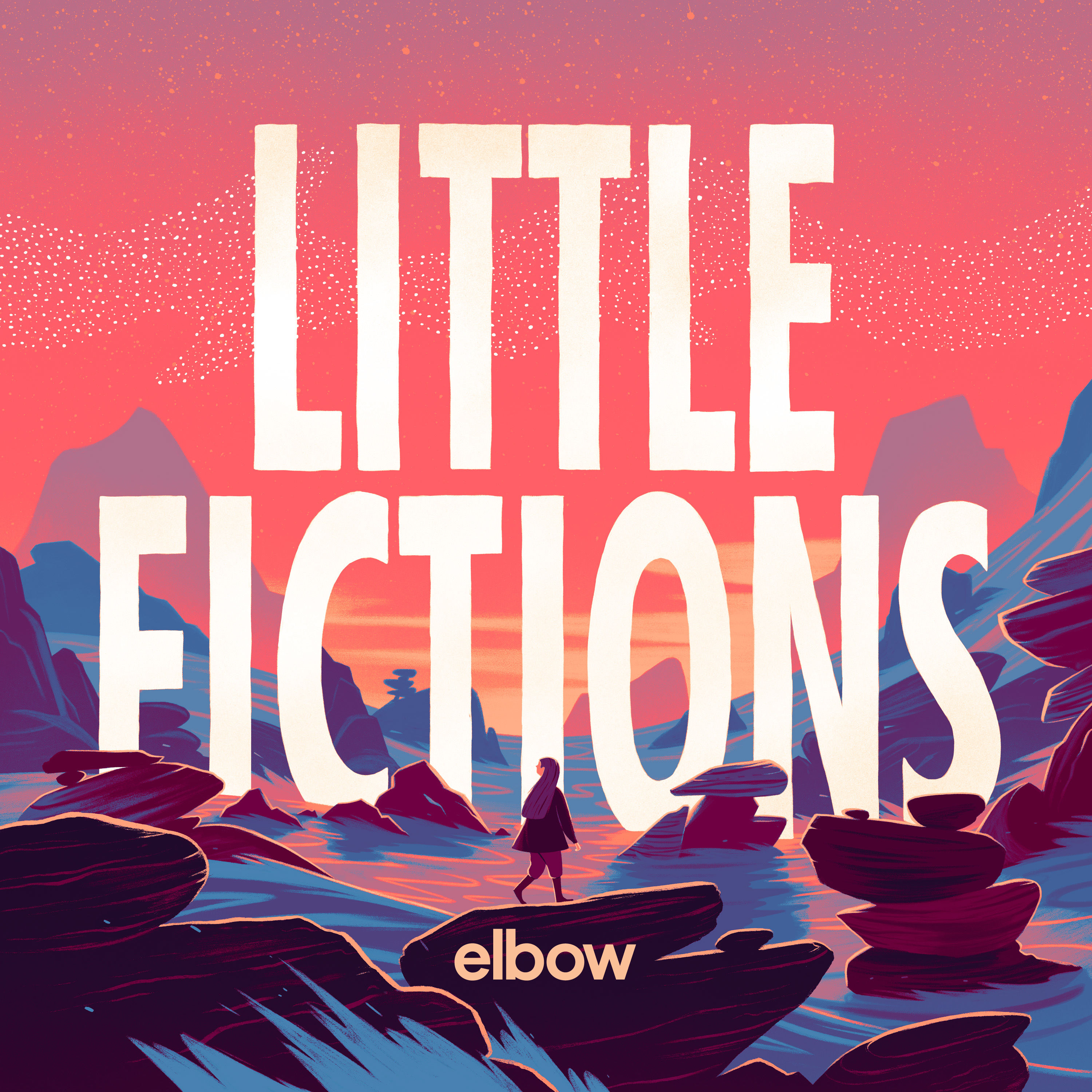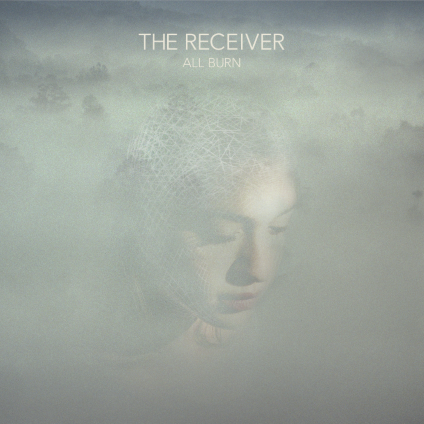Part rock, part funk, part punk, Brussels-based InHibit’s debut is unique and fun. The simple but funky baseline on “Shadows of Fire” reminded me of days gone by in popular music, but it sounds extremely fresh and clear. Uk-based journalist Chloe Mogg has more below:
By Chloe Mogg
InHibit’s latest EP Blinded is an appetising hybrid attempt at an 80s classic rock record, embroiled with metal riffs and drums beats and in-your-face vocals. The artist also rightfully takes influence from some of the greatest rock bands of late, and throws into the mix familiar elements from some of the best to ever do it, ensuring his EP has enough proven musicianship that’s sure to win him some points.
“Shame On Humans” crosses between charismatic, full bodied riffs and a squeaky, whining sound that’s almost like a sinister laugh; a villainous mock giving nod to the poor societal state of humanity that has encompassed most headlines in the turmoil that was 2020. The eponymous chorus is not unlike a Foo Fighters verse at all, while the most noteworthy section of the EP’s opener is its unravelling into a power ballad of a guitar solo that’s met in unison with InHibit’s discordant vocals, which break form from the established singing style and bring an endearing passion. InHibit’s aggressive vocals also seen in ‘Settings’ further help to determine that this is the best style for the artist, who should take pride in singing in a full-hearted, no-holds-barred style, which is definitely his forte in contrast to his softened, more intricate attempts seen in ‘The Quest’.
A jazzy, funk-filled bassline provides a fitting backdrop throughout ‘Shadows of Fire’, and ties the tracks surprising choice of instrumental sound together. The simple snare, hi-hat drum beat in parts, combined with the prevalent bass and the different layers of backing in vocals, does genuinely draw some resemblance to Queen’s infamously distinct style seen on the likes of ‘Bohemian Rhapsody’, which is only furthered through the whispered vocals and call and response claps which come toward the end of the track. Though InHibit’s work on this EP is far from the mastery of both Dave Ghrol and Freddie Mercury, the fact that the artist has attempted to replicate their superior musical notoriety and has found a place for it amongst his own style is a massive compliment alone.






